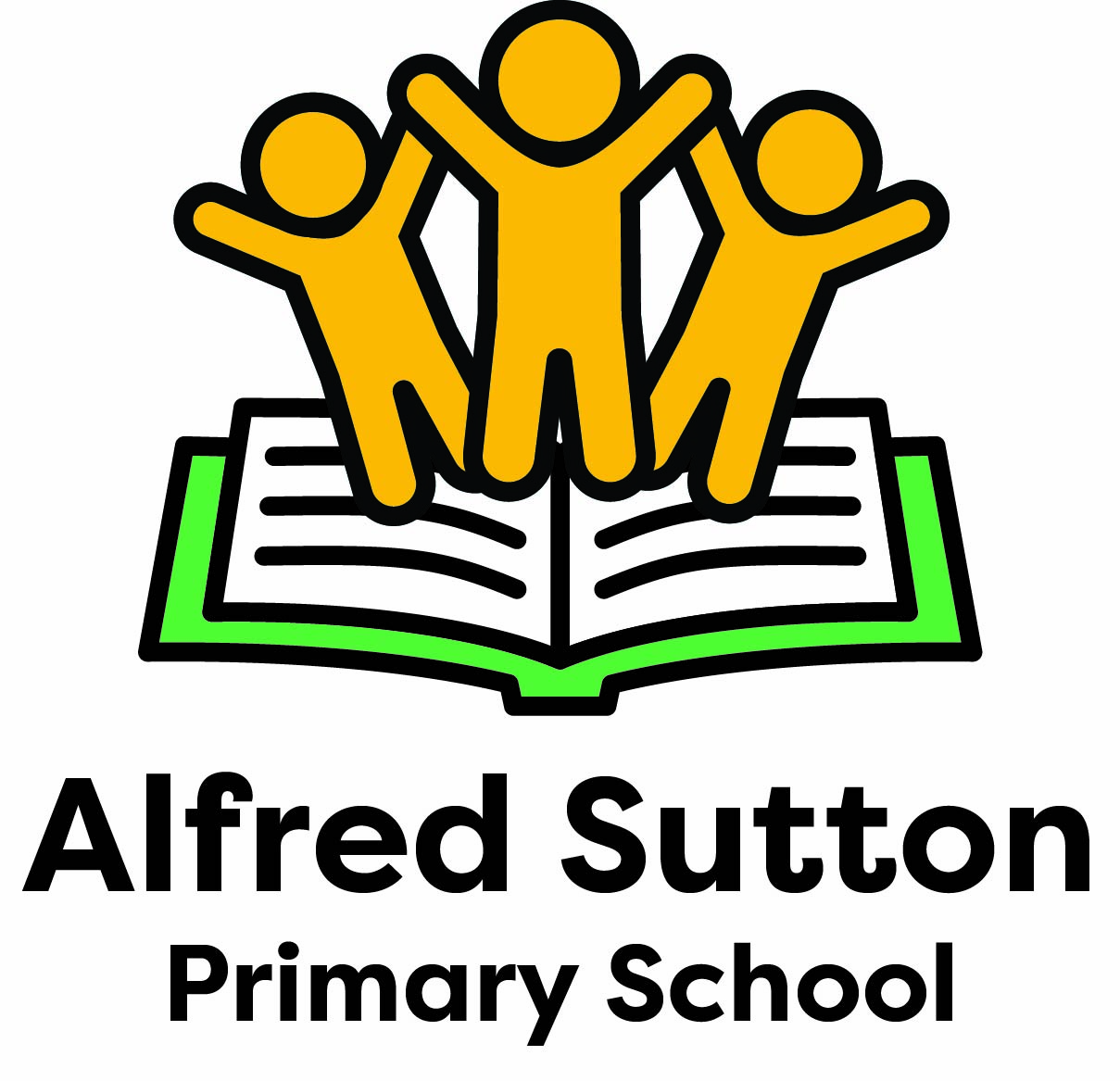We believe that computing lessons should be engaging experiences that provide children with foundational skill, knowledge and an understanding of computers to be built on through their ongoing education and life in a fast-changing world. Our computing curriculum is divided into three areas:
In Computer Science, principles of information and computational systems are taught using both computers and unplugged activities (which are viewed as equally important in developing children’s understanding). Computational thinking is an important cornerstone to teaching computing, allowing children to conceptualise, understand and adapt when solving problems. Children develop their computational thinking through programming projects with real-world relevance, thereby allowing them to be active participants in the digital world.
By building Digital Literacy, children become more confident in finding, judging, selecting and appropriately applying required information. This has broad application throughout school life, to a level suitable for the future workplace. Alfred Sutton has a strong sense of online safety. Children become aware of online behaviour- learning to independently judge whether content is acceptable or unacceptable and, in the latter case, how and when to seek help if they are concerned by what they have seen.
Information Technology equips pupils with the ability to create and use programmes and gain insights into systems – both natural and artificial – as well as producing digital expressions for a range of content across all curriculum areas. Children develop knowledge of ubiquitous software functions and are given the opportunity to use multimedia programs in the communication of their knowledge.
